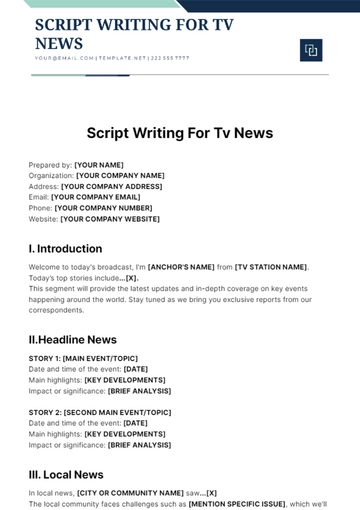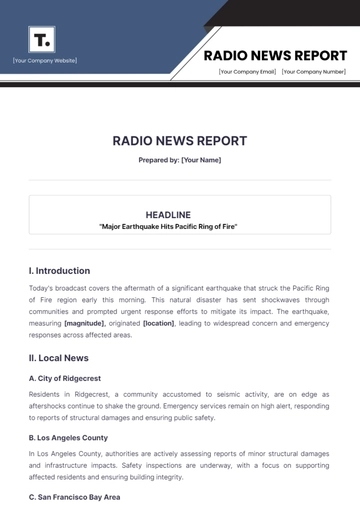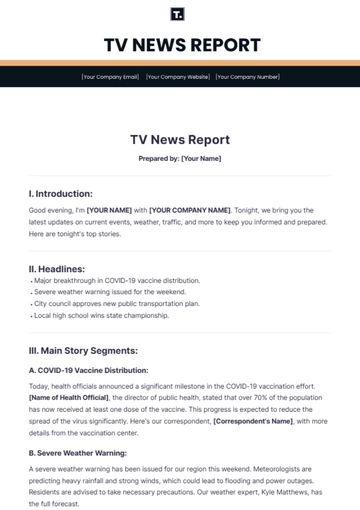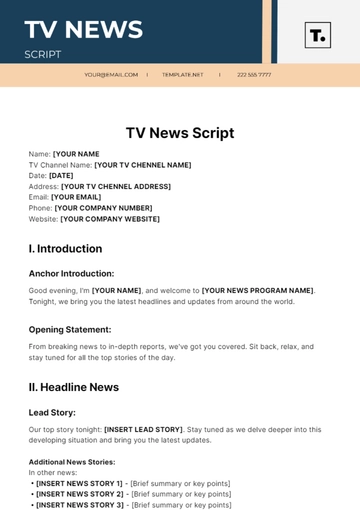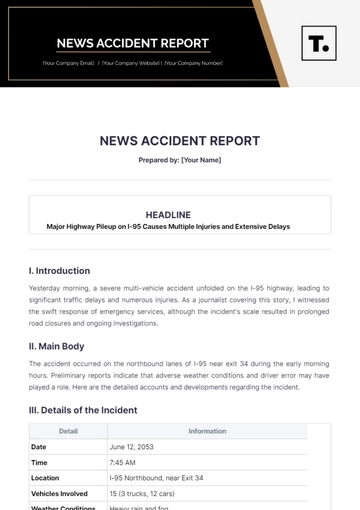Free Critical Commentary Journal Article

Title | Reevaluating the Impact of Digital Media on Cognitive Development in Adolescents |
Author | [YOUR NAME] |
Date | [DATE] |
I. Introduction
Recent studies have highlighted both positive and negative effects of digital media on adolescent cognitive development. While some researchers argue that digital media enhances learning and cognitive flexibility, others believe it contributes to decreased attention spans and increased anxiety. This commentary critically examines the strengths and weaknesses of the recent article “Digital Media and Adolescent Cognition: A Comprehensive Review,” published in the Journal of Developmental Psychology (2054). This Critical Commentary Journal Article seeks to provide a nuanced analysis of the article's contributions to the field and identify areas where further research is needed.

II. Literature Review
The reviewed article builds upon existing literature that explores the cognitive impacts of digital media. Key studies include Smith et al. (2052), which suggests digital media improves problem-solving skills, and Jones & Lee (2053), which links excessive screen time to reduced attention spans. This literature provides a foundation for understanding the ongoing debate, presenting both supportive and critical perspectives on digital media’s role in cognitive development.
III. Theoretical Framework
The article is grounded in several theoretical frameworks, including cognitive developmental theory and media effects theory. Cognitive developmental theory, as posited by Piaget, provides a basis for understanding how digital media might influence cognitive processes. Media effects theory explores how exposure to digital media can affect attitudes and behaviors. However, the article does not fully integrate these frameworks into its analysis, limiting its ability to explain the underlying mechanisms of digital media's impact on cognition.
IV. Analysis and Critique
The article offers a thorough review of various studies but falls short in several areas:
Methodological Limitations: Many studies included in the review have small sample sizes or short durations, which may limit the generalizability of their findings. For example, the study by Brown (2051) with only 50 participants over six months may not capture long-term effects.
Overemphasis on Quantitative Data: The article primarily relies on quantitative measures, such as test scores and survey responses. While these are valuable, they do not fully account for qualitative aspects of cognitive development, such as emotional and social changes.
Lack of Consideration for Individual Differences: The review does not sufficiently address how individual differences, such as socioeconomic status and pre-existing cognitive abilities, influence the impact of digital media. Research by Green (2052) indicates that these factors can significantly alter outcomes.
V. Implications for Future Research
The commentary suggests that future research should address the following:
Longitudinal Studies: To better understand the long-term effects of digital media usage, research studies need to track and assess participants over extended periods, as these longitudinal studies can reveal how continuous digital media engagement impacts different facets of individuals' lives and well-being over time.
Mixed-Methods Approaches: Combining quantitative (numerical) and qualitative (descriptive) data helps researchers gain a detailed understanding of cognitive development, capturing its complexities and offering a precise perspective on how cognitive abilities evolve.
Diverse Populations: Research must include diverse demographics to ensure individual differences are represented, enhancing the relevance and generalizability of findings across society.
VI. Practical Applications
The findings of the reviewed article have several practical implications:
Educational Settings: Educators ought to thoroughly evaluate and carefully deliberate the appropriate equilibrium of incorporating digital media within classroom environments, taking into account how such usage might influence and affect the cognitive development and intellectual growth of their students.
Policy Making: Policymakers should draft guidelines for adolescent digital media use, weighing educational and social benefits against risks like mental health issues and inappropriate content to ensure a balanced approach.
Parenting Strategies: Parents can use the insights from this research to guide their children's digital media consumption in a way that supports healthy cognitive development.
VII. Conclusion
In summary, “Digital Media and Adolescent Cognition: A Comprehensive Review” offers a valuable starting point for understanding the effects of digital media. However, to build a more nuanced understanding, researchers should address the methodological limitations and incorporate a wider range of perspectives. Further investigation into the long-term effects and individual differences will provide a more comprehensive view of digital media’s impact on cognitive development.
VIII. References
Brown, T. (2051). Short-term impacts of digital media on cognitive functions. Developmental Psychology Review, 15(2), 45-60.
Green, A. (2052). Socioeconomic factors in cognitive development: A longitudinal study. Journal of Cognitive Development, 19(3), 88-105.
Jones, M., & Lee, R. (2053). The correlation between screen time and attention span in adolescents. Child Psychology Quarterly, 27(1), 34-50.
Smith, J., et al. (2052). Digital media and problem-solving skills: An empirical analysis. Educational Research Journal, 30(4), 112-129.
Journal Article @ Template.net
- 100% Customizable, free editor
- Access 1 Million+ Templates, photo’s & graphics
- Download or share as a template
- Click and replace photos, graphics, text, backgrounds
- Resize, crop, AI write & more
- Access advanced editor
Craft insightful articles with Template.net's Critical Commentary Journal Article Template. Fully editable and customizable, this template allows you to precisely structure your commentary. Editable in our AI Editor Tool, it simplifies the writing process, helping you present your arguments clearly and effectively. It is ideal for scholars aiming to publish high-quality critical commentary.







